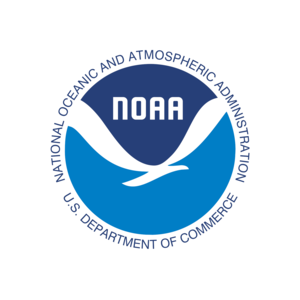About HIRS/4
The High resolution Infrared Radiation Sounder (HIRS/4) is one of the instruments provided by the National Oceanic and Atmospheric Administration (NOAA), being flown on MetOp. It is an atmospheric sounding instrument for measuring temperature profiles, moisture content, cloud height and surface albedo.
Data from HIRS/4 is used in conjunction with data from the Advanced Microwave Sounding Unit (AMSU) instruments to calculate the atmosphere's vertical temperature profile and pressure from the Earth's surface to an altitude of about 40 km.
HIRS/4 data is also to be used to determine:
- ocean surface temperatures
- total atmospheric ozone levels
- precipitable water
- cloud height and coverage
- surface radiance (albedo)
HIRS/4 scans the Earth's surface in 20 spectral bands: one visible channel, seven shortwave infrared (IR) channels, and 12 longwave IR channels. The instrument's field of view (IFOV) for each channel is approximately 1.4° in the visible and shortwave IR channels, and 1.3° in the long-wave IR band. This, from an altitude of 833 km (516.5 mi), provides a nominal spatial resolution at nadir (Earth facing) of 20.3 km and 18.9 km, respectively.

Three detectors are used to sense the radiation. A silicon photodiode at the instrument temperature (nominally around 15°C) detects the visible energy. An Indium Antimonite detector and Mercury Telluride detector (mounted on a passive radiator and operated at 95K) sense the shortwave IR energy. The shortwave and visible paths have a common field stop, while the longwave path has an identical but separate field stop. Registration of the optical fields in all channels is largely determined by these stops with secondary effects from detector position.
The scan mirror provides a cross-track scan of 56 steps of 1.8° each. Each Earth scan takes 6.4 seconds and covers ± 49.5° from nadir; this represents a swath of approximately 1084 km.
Infrared calibration of the HIRS/4 is provided by views of space and the internal warm target, each viewed once per 38 Earth scans.
HIRS/4 is part of the payload on MetOp-A and B, and NOAA-N, -N' but not on MetOp-C. On MetOp-C, HIRS/4 tasks will be taken over by the Infrared Atmospheric Sounding Interferometer (IASI) instrument.
HIRS/4 was developed by NASA and ITT, Fort Wayne, Indiana, USA.





